One of the most common questions I receive is whether a revocable living trust provides asset protection from personal creditor claims. Many people believe that it does, and I’ve even seen misinformation on social media, YouTube, and various articles suggesting that a revocable living trust offers this type of protection. However, the answer is clear: a revocable living trust does not provide asset protection from personal creditors.
One reason for the confusion is that a revocable living trust can offer a degree of privacy, though not strong privacy. However, privacy and asset protection are two entirely different things. To focus specifically on asset protection, it’s important to understand why a revocable living trust does not shield assets from personal creditors.
The key reason is that a revocable living trust does not remove enough control from the grantor to prevent them from being considered the owner of the assets for liability purposes. Typically, a revocable living trust is set up by an individual (or a married couple) for their own benefit. In many cases, spouses will establish a joint revocable living trust where they serve as co-trustees and beneficiaries. The grantors of the trust retain full authority to revoke, amend, or modify the trust at any time. They can do anything they wish with the trust and its assets, without restriction. Because of this unrestricted control, the assets within the trust are legally treated no differently than if they were held in the grantor’s personal name.
The primary advantage of a revocable living trust is that it helps avoid probate, offering a more streamlined administration process when the grantor passes away or becomes incapacitated. While this is an important benefit, it does not extend to asset protection.
For true asset protection from personal creditors, irrevocable trust planning is necessary. In most states, an individual cannot set up an irrevocable trust for their own benefit and still expect asset protection. Instead, a third party—such as a parent—would need to establish an irrevocable trust for the benefit of their children or other beneficiaries. When structured properly, an irrevocable trust can protect assets from personal creditor claims, divorcing spouses, malpractice lawsuits, bankruptcy, and other financial risks.
There are various ways to design an irrevocable trust to provide maximum flexibility while maintaining asset protection. One option is for the beneficiary to also serve as the trustee of their own irrevocable trust, though this requires careful planning. Another alternative is to use a self-settled domestic asset protection trust (DAPT) or a foreign asset protection trust. Certain jurisdictions, such as South Dakota and Nevada, allow individuals to establish an irrevocable trust for their own benefit and fund it with their own assets, provided it is structured correctly to ensure legitimate protection.
For those considering offshore options, jurisdictions such as the Cook Islands are widely recognized as offering some of the strongest asset protection laws in the world. Other foreign asset protection trust jurisdictions also exist, each with its own advantages.
At the end of the day, a revocable living trust is not a tool for asset protection. Instead, its primary benefits are streamlined estate administration and a certain degree of privacy. By keeping assets out of an individual’s personal name and bypassing probate, a revocable living trust can help maintain confidentiality, as probate records are part of the public domain. However, for those seeking real asset protection, more sophisticated planning—such as irrevocable trusts, domestic asset protection trusts, or offshore structures—is required.
